Animals That Live in the Grasslands
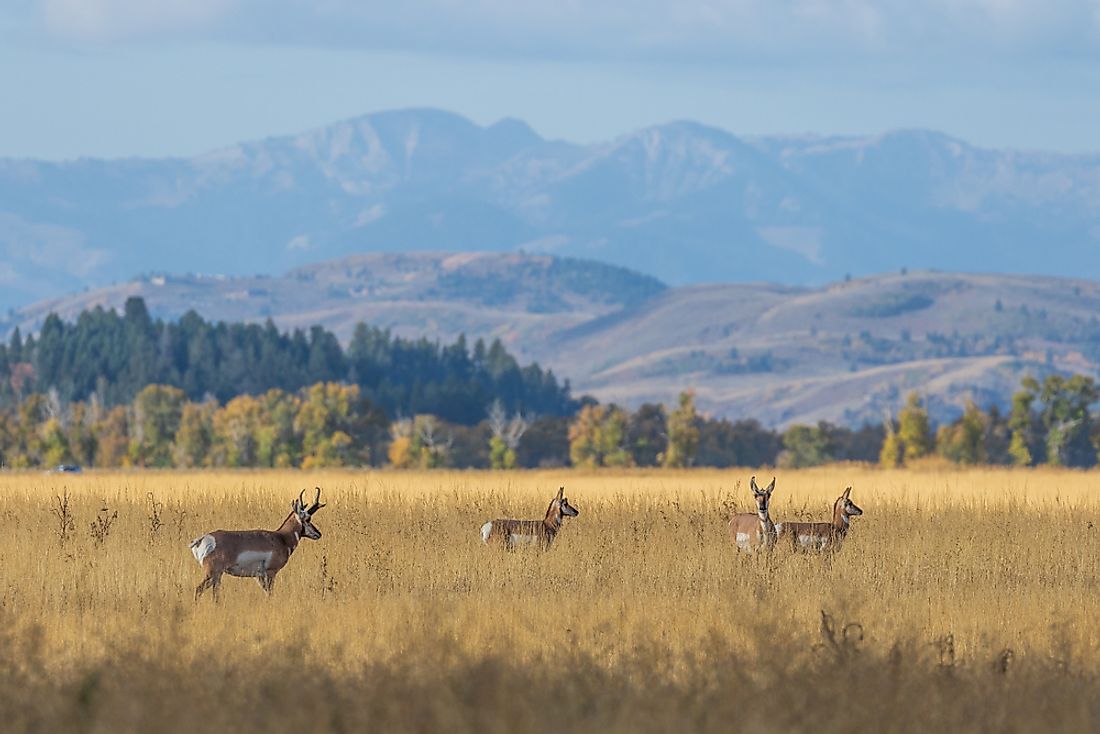
Grasslands cover 25 percent of the world’s surface and it is the preferred habitat for animals like the wildebeest, coyote, and pronghorn. The grasslands provide animals with a variety of diets like grass, shrubs, twigs and even fellow animals for prey. The climate in the grasslands also changes depending on the seasons hence during the dry season, when water and grass are in short supply, animals move to other grasslands.
10. Blue Wildebeest
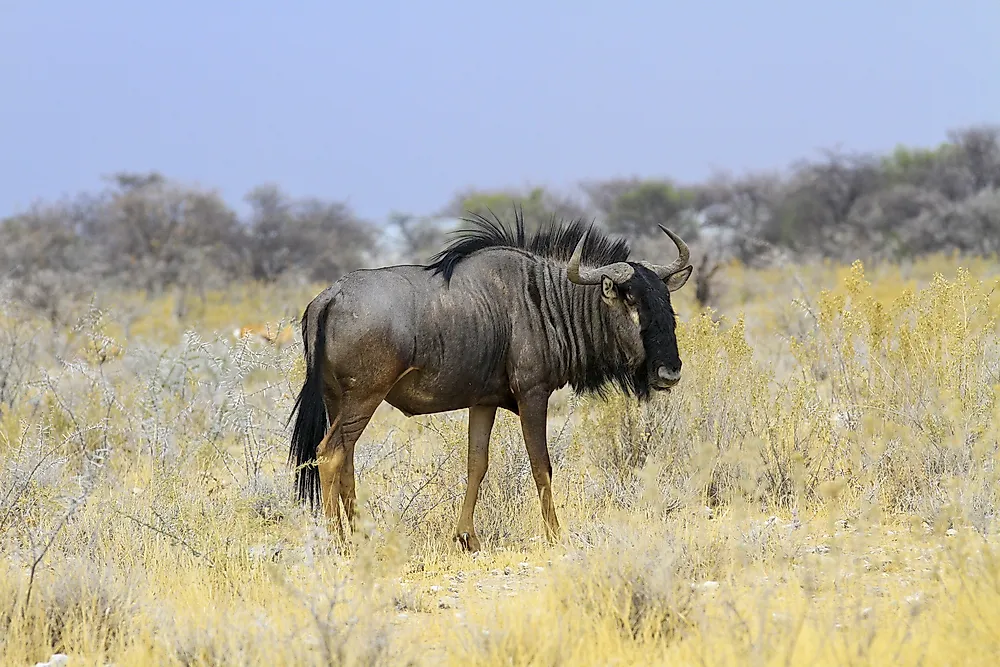
Tourists visit Kenya and Tanzania to witness the historical migration of the wildebeest from either Serengeti grasslands (Tanzania) to Maasai Mara (Kenya). Following this immigration are packs of predators. The grasslands provide the wildebeest with a rich diet of foliage and suitable place to breed. Water is also a reason why the wildebeest migrates during dry seasons to other grasslands where water it is readily available
9. Swift Fox
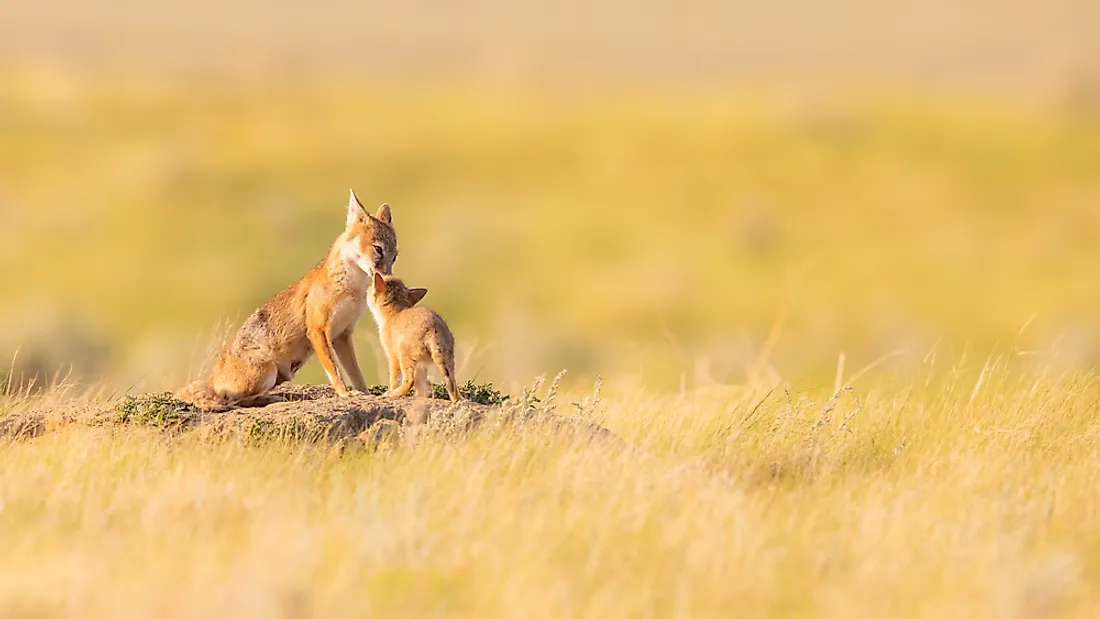
Despite the resemblance to a domestic cat regarding size, the fox lives in near harsh conditions of North America especially in Colorado, New Mexico, Kansas, Oklahoma, and Arizona in grasslands. The survival of the fox in the grasslands is based on its omnivore diet of fruits and insects. Thanks to conservation efforts by wildlife authorities, the swift fox was saved from possible extinction. The lifespan ranges from 3-6 years in wild grasslands but in zoo, parks, and other forms of captivity, the swift fox can live for up to 14 years.
8. Pronghorn
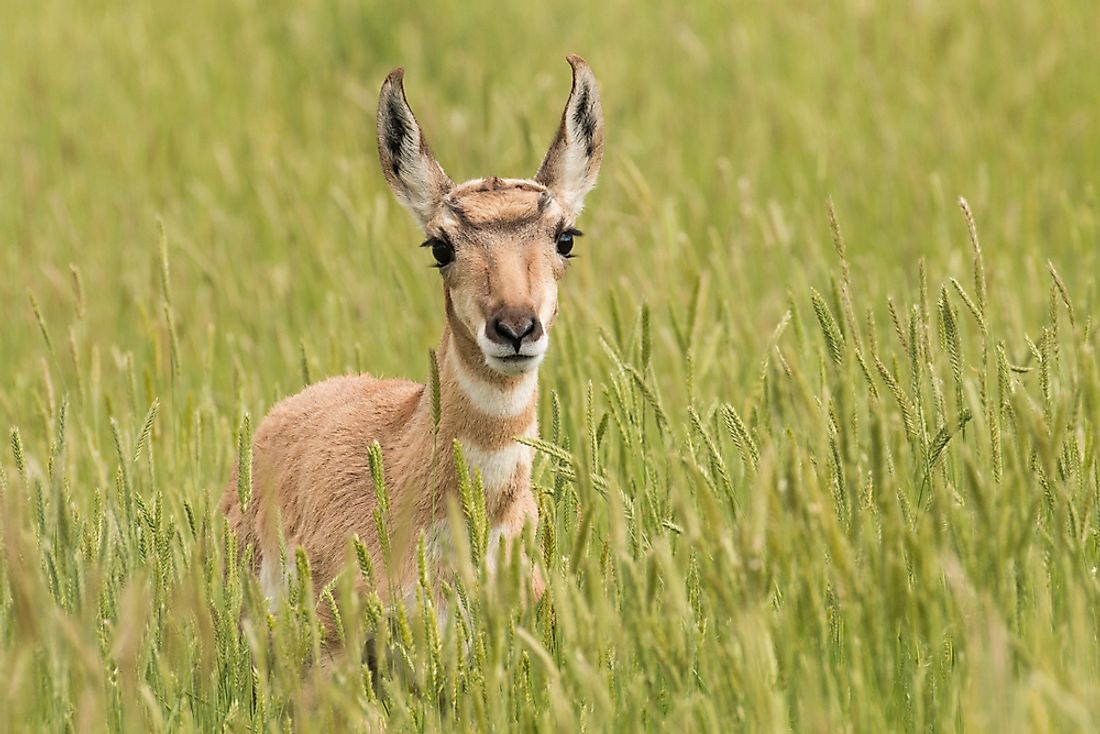
Pronghorns are herbivores and thrive in grasslands because they are able to eat certain herbs that are considered poisonous to other herbivores residing in the grasslands. The cud is their main part of their diet, which pronghorns chew. Several states in the US and Canada have put in place measures to limit the hunting of Pronghorns to prevent the species from extinction.
7. American Bison
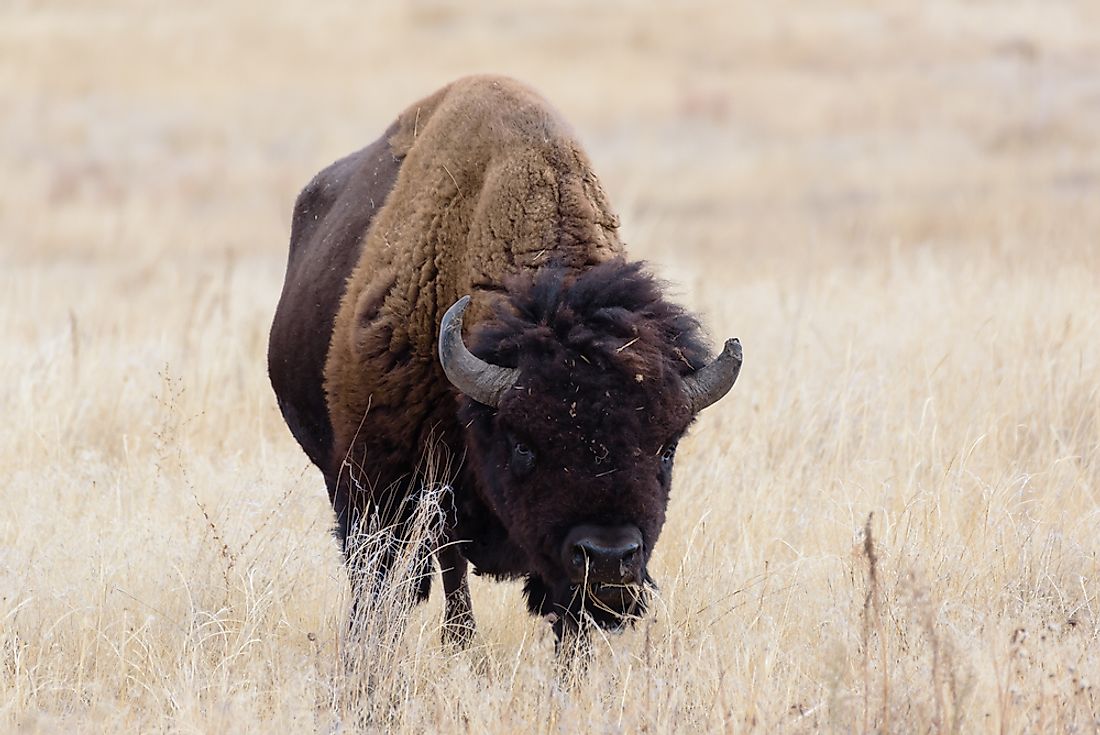
Dubbed the American buffalo, the animal resides in North America. Thanks to the conservation efforts, the species has made a comeback from near extinction in the 19th century. Unlike the African buffalo, the bison has a round hump and are heavy. In Europe, the bison is also found there, but it is different from the American species. The main advantage here over the European Bison is that the American species can be domesticated since they get along with ordinary cattle. However, they should be approached with caution since when provoked, they can be deadly.
6. Prairie Dog
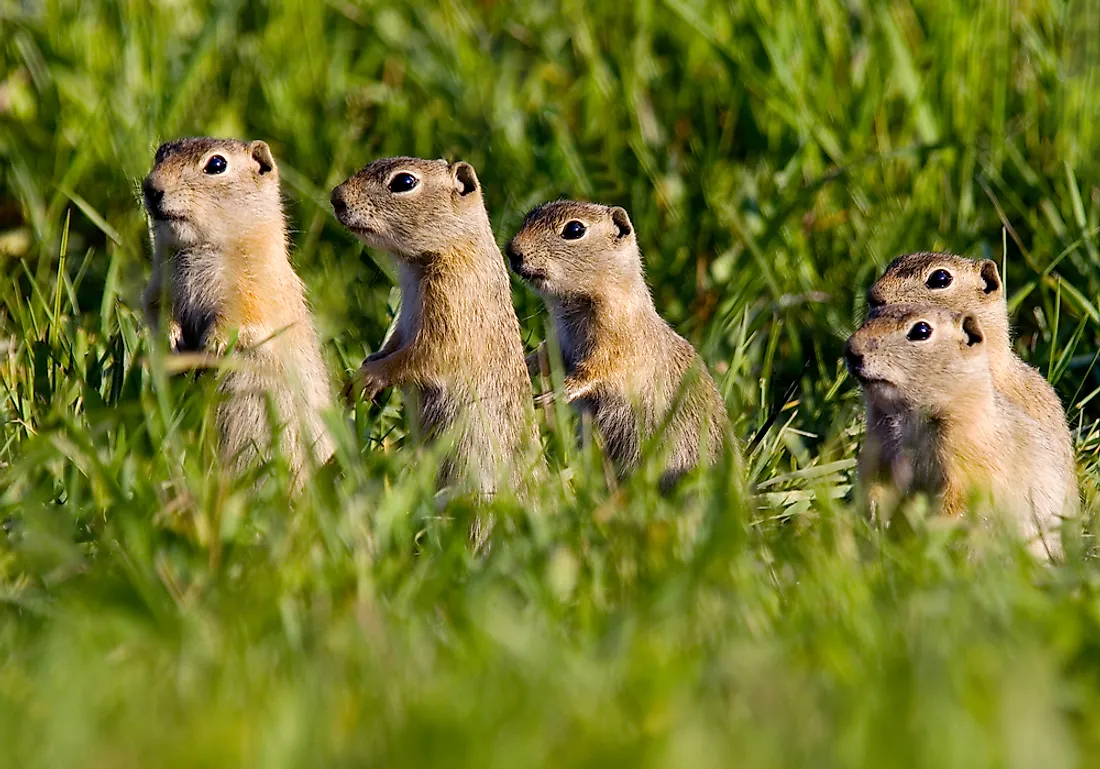
The structure of the prairie dog is similar to that of a squirrel, but it is their warning call to each other whenever danger lurks that sounds familiar to that of a dog. The grasslands are their preferred dwelling grounds because it provides them with hiding areas so they can protect themselves against harsh weather elements like floods and blizzards during the winter. The grasslands provide grass, seeds, and insects to prairie dogs. Predators do have a hard time trying to hunt the Prairie dog down thanks to the superior anti-predator techniques it has. If a predator is spotted, it employs an alarm response to alert fellow dogs.
5. Giant Anteater
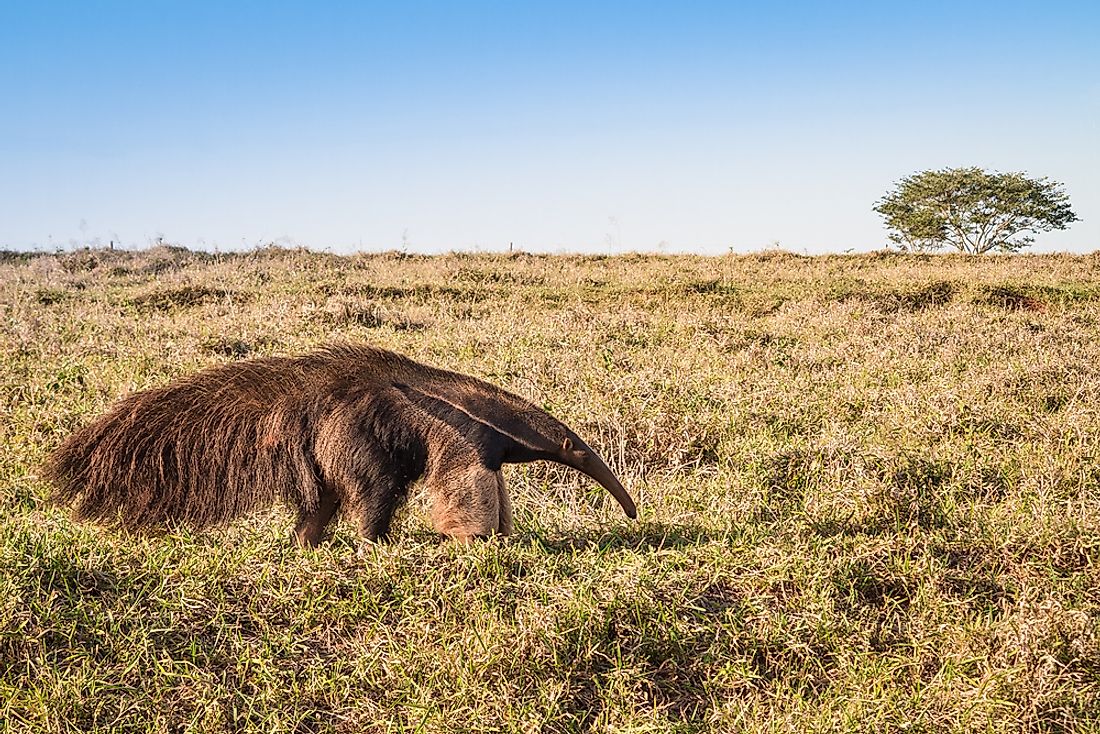
Also known as the giant ant bear, the giant anteater feeds on ants, insects, and termites depending on the season of the grasslands. It tracks down its prey using scent. The giant anteater can be found in the grasslands of South and Central America. Predators like the puma or jaguar frequently hunt down this animal, but the giant anteater avoids them by galloping away. If cornered, it can use the hind legs, which are equipped with sharp claws to tear apart potential foes in defence. The mobility skills of this animal are remarkable as it can swim across rivers no matter the size. The climate changes cannot affect the animal due to its ability to adapt to cold weather and hot weather.
4. Gopher
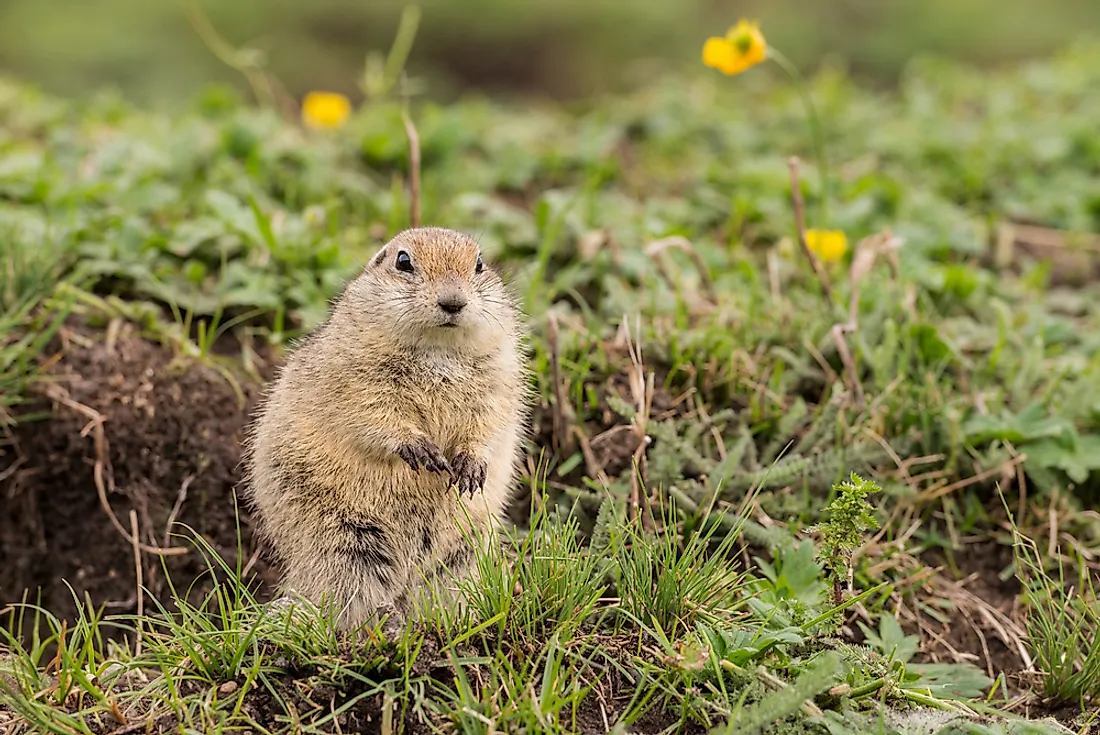
The gopher is a rodent which uses tunnels as a means of protection and gathers food. Like other rodents, it has a small size and claws that are adapted to digging tunnels. Male gophers are slightly larger in size and weight than female gophers. The lifespan of gophers is five years and they can survive despite the threats from known predators like snakes. The gopher lives in the grasslands of Central America and South America.
3. Badger
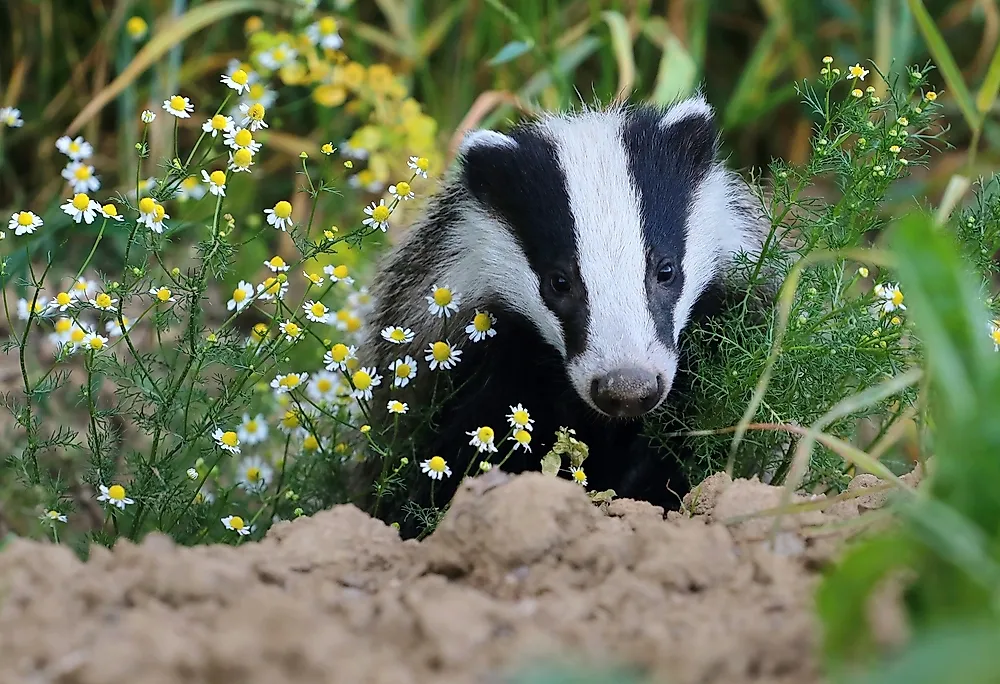
Known for producing pelts which are used for making shaving belts, the badger is a sturdy animal that lives in the grasslands in North America. Determining the exact classification of the badger is not easy due to the existence of several species of badgers. However, the badger belongs to the Taxon Mephiditae family. In the past, badgers were hunted for their meat and hide, but due to conservation efforts they are no longer hunted today.
2. Przewalski's Horse
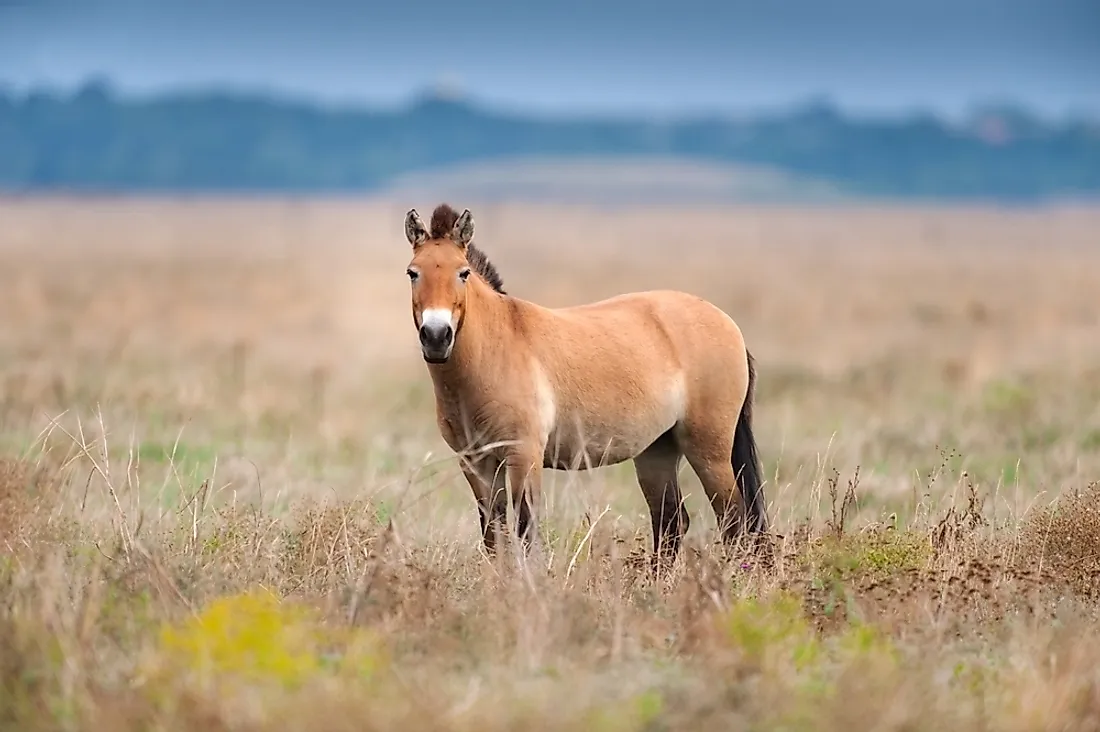
The wild horse once occupied the vast lands of Asia particularly in the wild grasslands of Mongolia before it went extinct in those areas. Its name was derived from the Russian explorer, Nikolai Przelwalski, who discovered the wild horse on an expedition. In the grasslands, they live in small groups with a stallion being the leader. In the case of an attack by intruders or predators, these groups are organized to defend and chase them off. Scent marking is employed to mark their territory off from other intruders. As herbivores, they feed on vegetation in the grassland.
1. Coyote
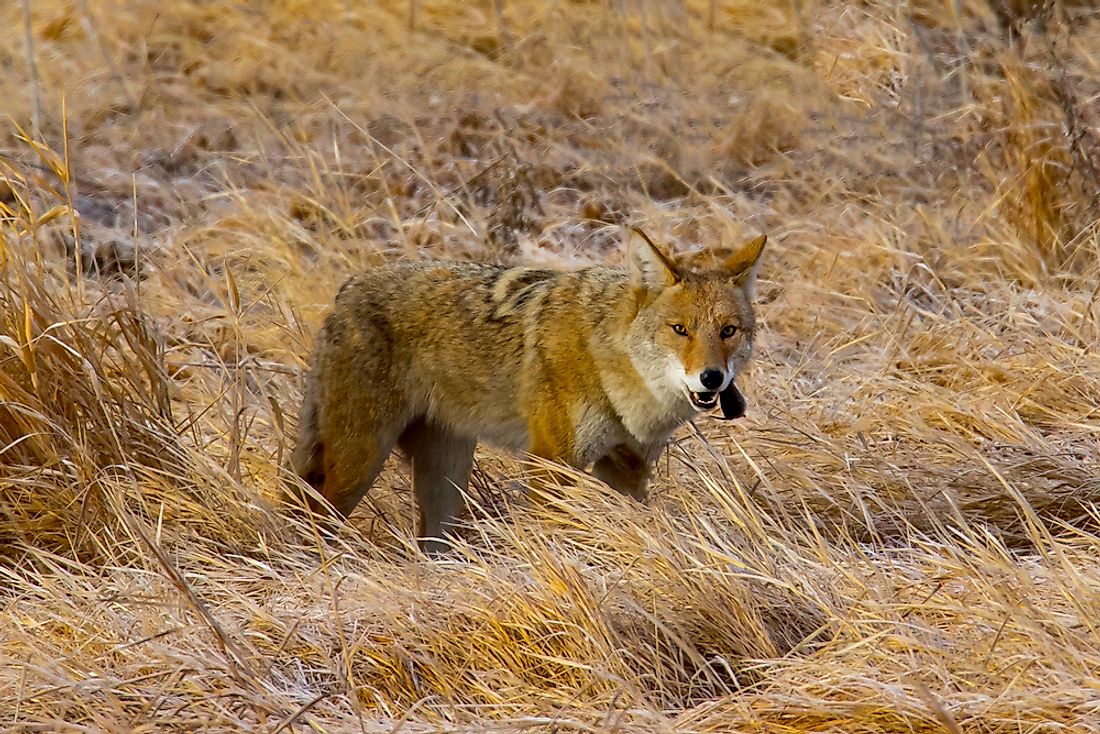
The coyote is known as the predator of the grasslands where it is adapted to hunting other prey for food. The fur blends well with the grasslands as it employs cunning tactics in hunting down elusive prey like the Pronghorn and formidable ones like the Bison. During winter, the coyote feeds on fruits and large quantities of grass. However, it has to contend with competition from other animals like the cougar whenever a common prey is considered like a deer.











